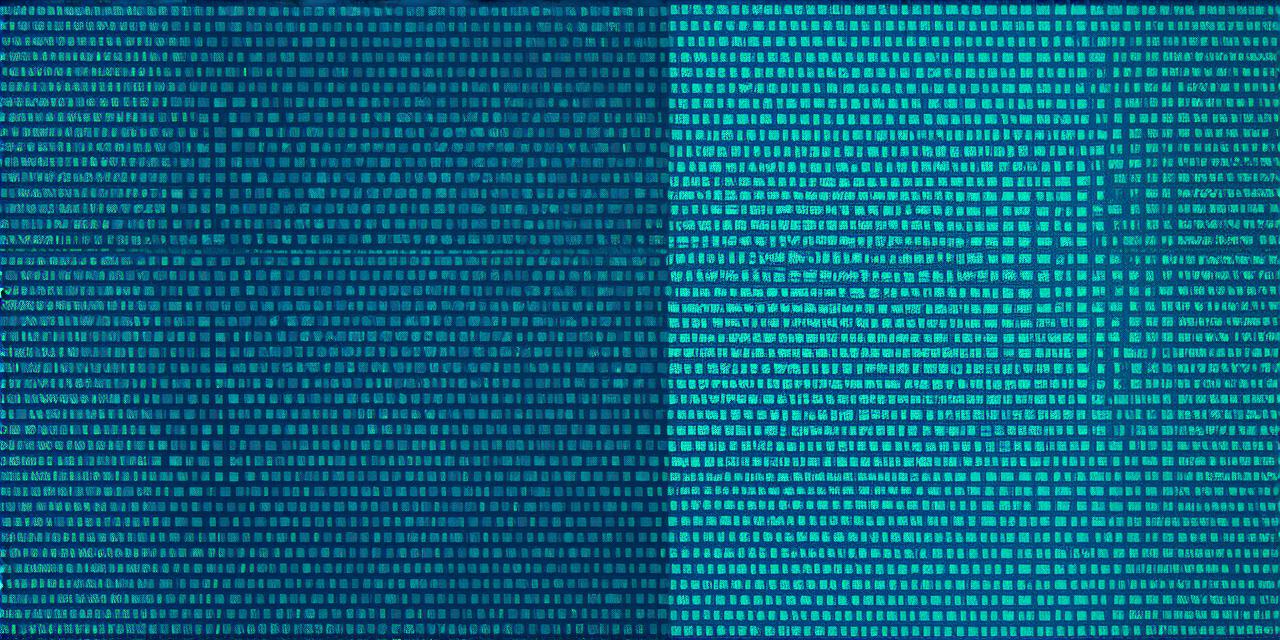In the realm of web development, a persistent debate lingers: Is HTML a programming language? Let’s delve deeper into this intriguing question and unravel the truth.
HTML: The Backbone of the Web
HTML (HyperText Markup Language) is the foundation upon which the World Wide Web stands. It structures content, enabling us to navigate through a labyrinth of information effortlessly. But is it a programming language? Let’s explore this question in more detail.
Programming: The Art of Instruction

A programming language, at its core, is a set of instructions that a computer can understand and execute. HTML, with its syntax and semantics, fits this description perfectly. It instructs the browser on how to display content, making it a bona fide programming language. To illustrate this point, let’s consider a simple webpage.
Case Study: The Evolution of a Webpage
Behind the scenes, HTML provides the blueprint for a webpage. It defines the structure (“, “, “), content (`
`, `
`), and interactive elements (“, “). This is akin to writing code, isn’t it? Each HTML tag serves as an instruction for the browser, just like a line of code in a traditional programming language.
Expert Opinion: The Verdict
To substantiate our claim, let’s hear from the experts. “HTML is a programming language because it follows the same principles as other programming languages,” says Jon Duckett, author of HTML & CSS: Design and Build Websites. He further explains that HTML uses syntax rules to structure content, making it a programming language in its own right.
Comparing HTML to Other Languages
While HTML may not be as complex as Python or Java, it shares similarities with them. Both are languages that a machine can interpret, and both have syntax rules. This comparison underscores the programming nature of HTML.
Real-Life Examples: The Power of HTML
HTML’s impact is evident in every website you visit. From the layout to the interactive features, all stem from HTML instructions. This power to shape the digital landscape solidifies its status as a programming language.
FAQs
1. Is JavaScript a part of HTML?
No, JavaScript is a separate programming language used for adding interactivity and dynamic content to web pages. However, it can be embedded within HTML using the “ tag.
2. Can I create a website without HTML?
Technically, yes, but it would be impossible to structure the content or display it in a meaningful way without HTML. While other technologies like JavaScript and CSS are essential for creating dynamic and visually appealing websites, they cannot replace the role of HTML as the structural foundation.
Conclusion
In conclusion, the debate over whether HTML is a programming language has been settled. It’s time to embrace this fundamental language and harness its power to create engaging, interactive, and beautiful web experiences. After all, as the web evolves, so does our understanding of what constitutes a programming language. As developers, we must continue to explore, learn, and innovate with HTML, ensuring that the digital landscape remains vibrant and dynamic.
